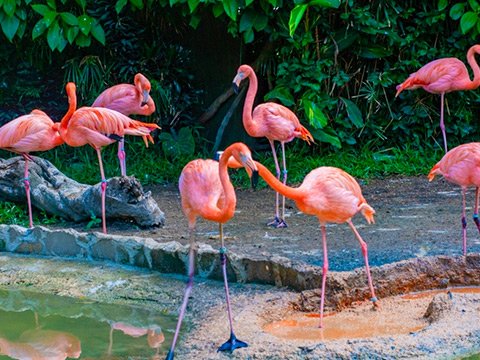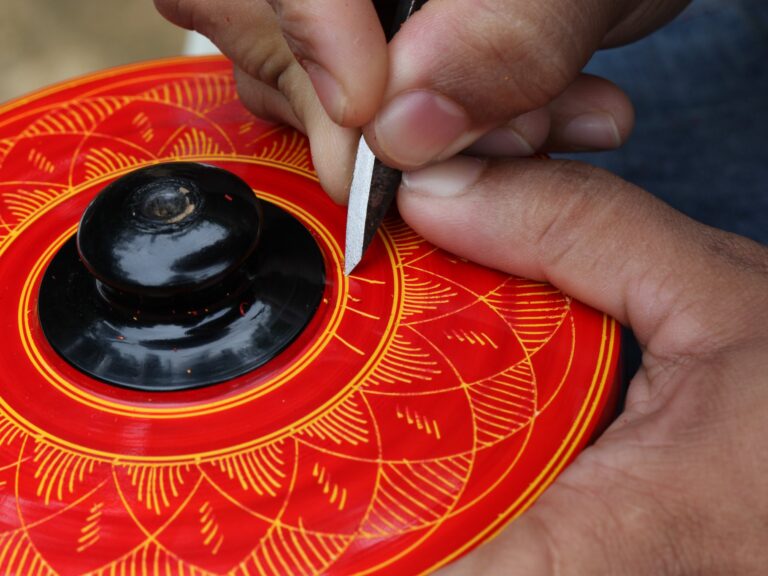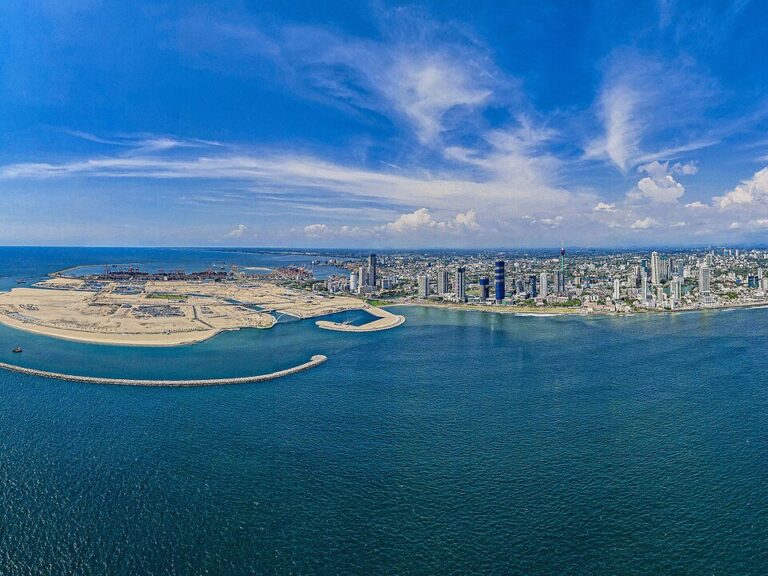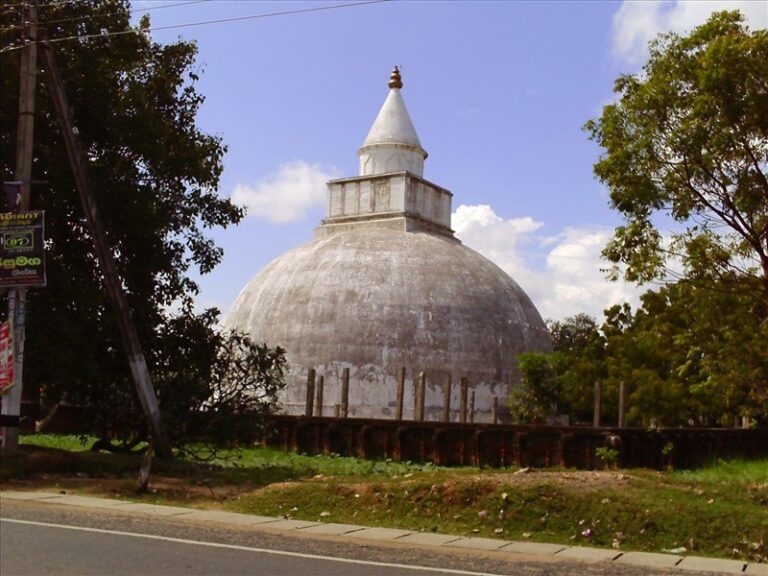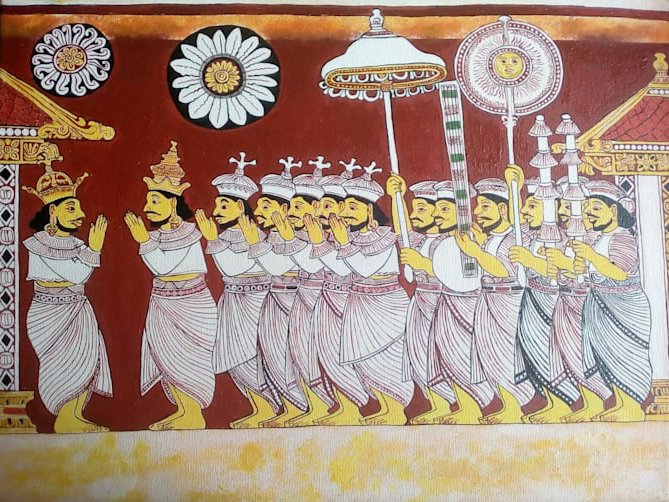Islands of Sri Lanka: A Sustainable Tourism Blueprint for a Thousand Pearls
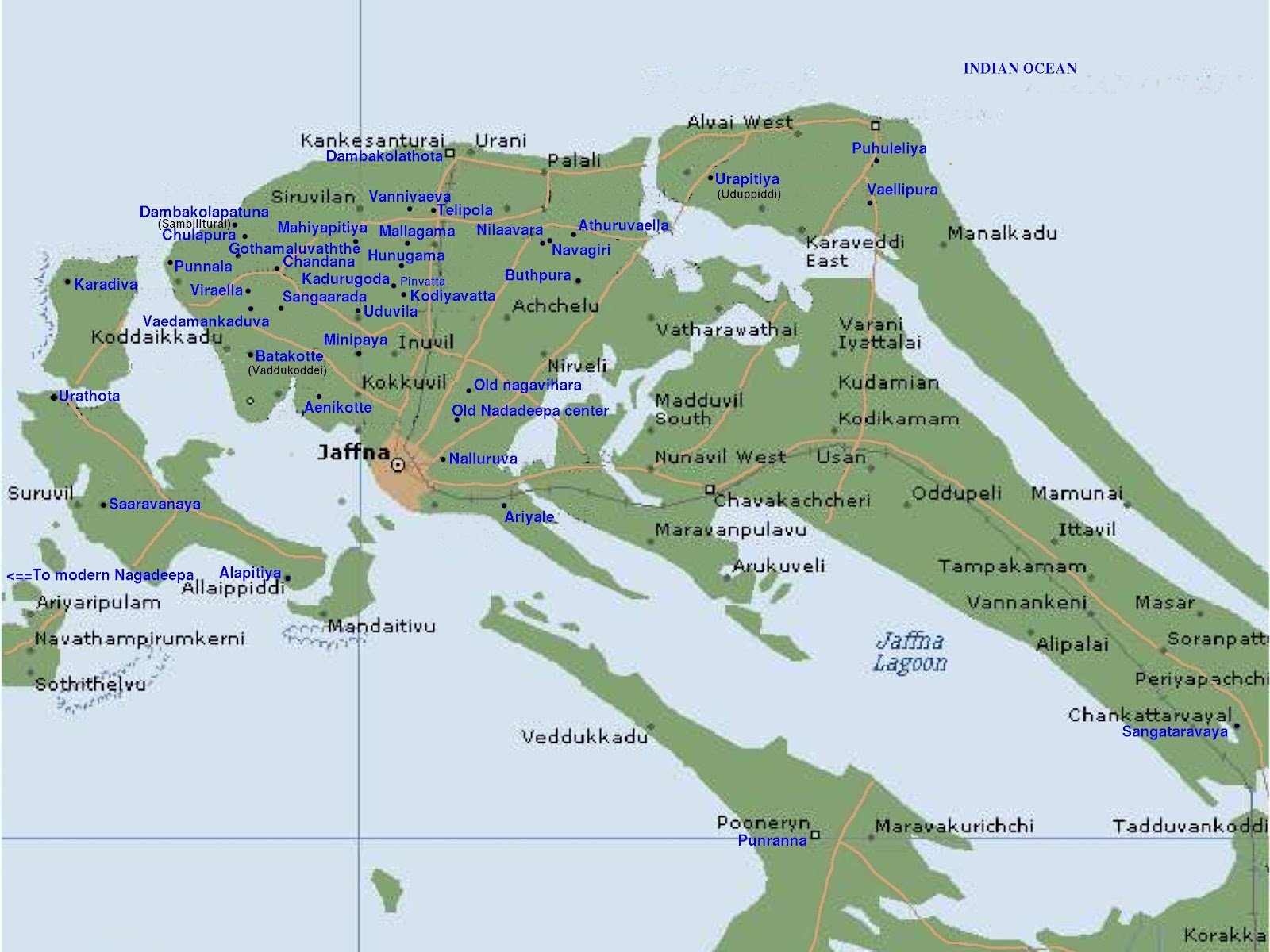
Introduction: The Untapped Potential of Sri Lanka’s Islands
Sri Lanka, often celebrated as the Pearl of the Indian Ocean, is not only a singular island but also a nation of more than 40 smaller islands that surround its coastline. These islands, scattered around Jaffna, Kalpitiya, Trincomalee, Batticaloa, Hambantota, Galle, and Matara, remain largely underutilized in terms of structured tourism development. Unlike the Maldives, which thrives on 1,190 coral islands forming 26 atolls, Sri Lanka’s islands remain peripheral to the mainstream tourism strategy.
Yet, the timing to act has never been more urgent. The Sri Lanka Tourism Development Authority (SLTDA) reported 2.05 million international visitors in 2024, generating over USD 3.2 billion in earnings. This nearly matches the pre-crisis 2019 arrival numbers of 2.03 million, proving that Sri Lanka is once again a serious player in global tourism. With the introduction of a free-visa pilot scheme for 35 countries, visitor growth is set to accelerate further. However, unless this growth is dispersed and diversified, the island’s core hubs—Colombo, Galle, Kandy, Nuwara Eliya, Sigiriya, and Yala—will continue to face the twin risks of overcrowding and overdependency.
The smaller islands, if strategically developed, offer a natural dispersion mechanism. Each island can be a miniature tourism economy: a self-contained unit with niche appeal, sustainability safeguards, and community benefits. Lessons from Zanzibar (Tanzania), the Maldives, and Seychelles show how small islands, when aligned with sustainable tourism, can become global icons. Sri Lanka has the same opportunity—with its own cultural, historical, and biodiversity narratives adding layers of authenticity.
This article sets out a comprehensive roadmap for developing tourism across every major island of Sri Lanka, backed by case studies, international parallels, statistics, and actionable strategies.
Case Studies: Learning from Success
1. Taprobane Island (Weligama)
Taprobane is perhaps Sri Lanka’s most iconic private island. Owned by successive foreign investors, it has been transformed into an exclusive boutique villa with only five bedrooms, yet it has hosted royalty, celebrities, and authors. Its success lies not in scale but in exclusivity. The lesson: small islands can deliver high-value, low-volume tourism, protecting natural assets while creating prestige branding for the nation.
2. Pigeon Island National Park (Nilaveli, Trincomalee)
One of Sri Lanka’s only two marine national parks, Pigeon Island demonstrates how eco-tourism and conservation can co-exist. Tourists flock for snorkeling and diving among coral reefs, yet the park imposes visitor limits and strict rules to protect its fragile biodiversity. This model of regulated eco-tourism can be extended to other coral-rich islands around Kalpitiya and Batticaloa.
3. Kalpitiya Islets and Kitesurfing Tourism
Kalpitiya’s islands, especially Battalangunduwa and Ippantivu, have emerged as hotspots for kitesurfing, dolphin watching, and lagoon eco-tours. Entrepreneurs have capitalized on steady winds, shallow lagoons, and accessible sandbars to create a water sports niche market. This proves that islands do not need luxury resorts alone—they can thrive through adventure-based tourism.
4. Amba Yaalu Resort – Women Empowerment
Amba Yaalu, Sri Lanka’s first women-staffed resort, is a pioneering case study of inclusive hospitality. It demonstrates how marginalized groups—in this case, women from conservative rural communities—can become empowered participants in tourism. Applied to small island communities, such models can ensure that tourism revenues directly uplift local households.
5. Hikkaduwa Coral Sanctuary & Festival Tourism
While not an island, Hikkaduwa provides lessons in marine ecosystem management and cultural activation. Its coral sanctuary has shown the risks of over-visitation, but ongoing rehabilitation programs are balancing conservation with access. Festivals, such as surf carnivals, show how cultural programming can extend stays and diversify offerings.
6. Zanzibar Archipelago (Tanzania)
Zanzibar transformed its cluster of islands into a world-class tourism hub by blending heritage (Stone Town), spice farm tours, beach resorts, and eco-islands. This balanced model illustrates how multiple islands, each with a unique positioning, can collectively elevate a nation’s tourism brand.
7. Maldives Atoll Zoning
The Maldives took a zoning approach: each atoll or island is earmarked for a specific category—luxury, diving, wellness, budget backpacking. This avoids overcrowding, balances demand, and ensures environmental monitoring. Sri Lanka could replicate a modified version, creating heritage islands, eco islands, adventure islands, and luxury islands.
Island-by-Island Tourism Roadmap
Below is a comprehensive roadmap for the major clusters of Sri Lanka’s islands:
Northern Province – Jaffna Archipelago
- Delft Island (Neduntheevu)
- Potential: Colonial forts, Dutch horse stables, wild ponies, coral walls.
- Tourism Model: Heritage cycling tours, pony safaris, boutique guesthouses in restored colonial homes.
- Case Parallels: Similar to Lamu Island (Kenya), where donkey transport and heritage have been preserved.
- Nainativu (Nagadeepa)
- Potential: Religious tourism—Nagadeepa Buddhist temple and Nagapooshani Amman temple.
- Tourism Model: Pilgrimage circuits, heritage boat transfers, festivals combining Tamil and Sinhalese traditions.
- Kayts Island (Velanai)
- Potential: Beaches, Dutch naval ruins.
- Tourism Model: Small-scale beach lodges, integrated fishing tourism.
- Karaitivu
- Potential: Casuarina Beach, already popular among locals.
- Tourism Model: Family-friendly resort development, water sports hubs.
- Pungudutivu & Mandativu
- Potential: Fishing villages, mangrove systems.
- Tourism Model: Community homestays, bird-watching, cultural immersion.
- Kachchatheevu
- Potential: Annual St. Anthony’s Church festival with cross-border pilgrimage significance.
- Tourism Model: Carefully managed religious tourism (in partnership with India), cross-border pilgrimage packages.
North-Western Province – Kalpitiya & Puttalam Islets
- Battalangunduwa (Ippantivu)
- Potential: Fishing hub, sand dunes, bird migration.
- Tourism Model: Seasonal birding, fisher homestays, dune safaris.
- Sinna Eramutivu & Periya Eramutivu
- Potential: Pristine sandbanks, seagrass beds.
- Tourism Model: Diving schools, seagrass conservation tourism.
- Dutch Bay & Mutwal Islands
- Potential: Mangroves, dolphins, dugongs.
- Tourism Model: Marine eco-lodges, dugong conservation tourism.
Eastern Province – Trincomalee & Batticaloa
- Pigeon Island (Nilaveli)
- Potential: Coral reefs, national park.
- Tourism Model: Snorkeling, marine biology tours, conservation volunteering.
- Sallitivu (Batticaloa coast)
- Potential: Small sandy island with reef access.
- Tourism Model: Low-impact camping, eco-lodges.
- Irrakandy & Elephant Rock Islets (Trincomalee)
- Potential: Scenic rock formations, fishing villages.
- Tourism Model: Rock climbing, fishing tours, diving camps.
Southern Province – Galle, Matara, Hambantota
- Taprobane Island (Weligama)
- Potential: Already established luxury villa model.
- Tourism Model: Replicate elsewhere—exclusive, high-yield, minimal footprint.
- Madol Duwa (Koggala Lake)
- Potential: Cultural heritage linked to Martin Wickramasinghe’s novel.
- Tourism Model: Literary tourism, boat tours, cultural homestays.
- Crow Island (Matara)
- Potential: Coastal family-friendly leisure space.
- Tourism Model: Family eco-park with interpretive centers.
Strategic Pillars for Island Tourism
- Zoning & Carrying Capacity – scientific assessments before development.
- Eco-Conscious Infrastructure – solar, rainwater, vernacular architecture.
- Community Empowerment – women/youth as staff, hosts, artisans.
- Digital Storytelling – reels, blogs, influencer tie-ins per island.
- Certification & Branding – SLTDA’s sustainable certification applied island by island.
- Public-Private Partnerships – tax incentives, infrastructure grants, NGOs for conservation.
- Monitoring & Adaptation – visitor satisfaction, environmental indicators, community feedback loops.
Conclusion: Toward a Thousand Pearls Strategy
The Maldives monetized its 1,190 islands. Zanzibar diversified its archipelago. Seychelles aligned luxury with ecology. Sri Lanka, with only 40+ named islands, has a manageable canvas—each island a pearl that can be polished with the right balance of tourism, conservation, and community.
If executed with discipline, Sri Lanka can create an “Island Circuit Tourism Model”—a package where a traveler can hop from Delft’s ponies to Pigeon Island’s corals, from Madol Duwa’s literary charm to Taprobane’s luxury—all within a single nation, under a unified sustainability vision.
This would not only enhance arrivals and revenue but also redefine Sri Lanka’s global tourism identity: from a single pearl to a necklace of pearls.
Disclaimer
This article has been authored and published in good faith by Dr. Dharshana Weerakoon, DBA (USA), based on publicly available data from cited national and international sources (e.g., Sri Lanka Tourism Development Authority, Central Bank of Sri Lanka, international tourism monitors, conservation bodies), decades of professional experience across multiple continents, and ongoing industry insight. It is intended solely for educational, journalistic, and public awareness purposes to stimulate discussion on sustainable tourism models. The author accepts no responsibility for any misinterpretation, adaptation, or misuse of the content. Views expressed are entirely personal and analytical, and do not constitute legal, financial, or investment advice. This article and the proposed model are designed to comply fully with Sri Lankan law, including the Intellectual Property Act No. 52 of 1979 (regarding artisan rights and design ownership), the ICCPR Act No. 56 of 2007 (ensuring non-discrimination and dignity), and relevant data privacy and ethical standards.
✍ Authored independently and organically through lived professional expertise—not AI-generated.
Additional Reading: https://www.linkedin.com/newsletters/outside-of-education-7046073343568977920/
Further Reading: https://dharshanaweerakoon.com/fathom-five-fisheries-pioneering-underwater-culinary-journeys-in-trincomalees-historic-shipwreck-alley/

